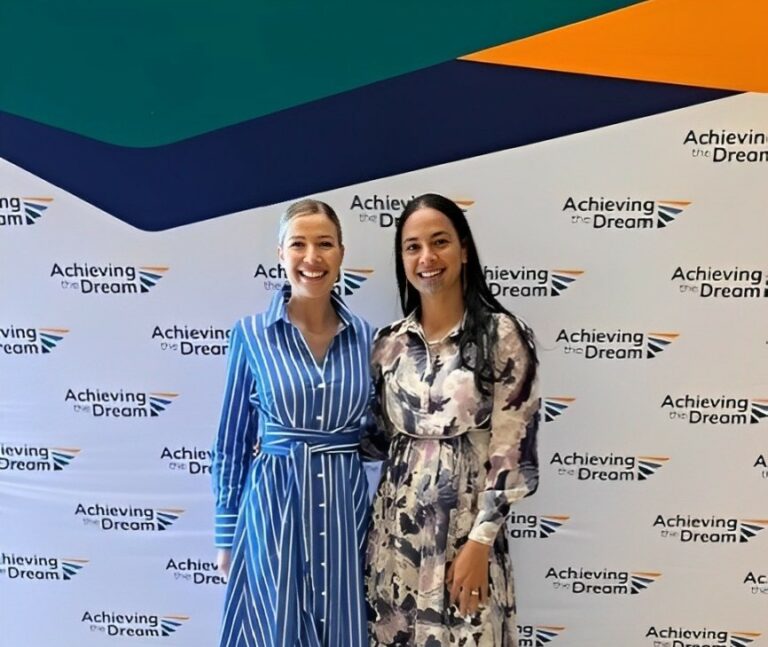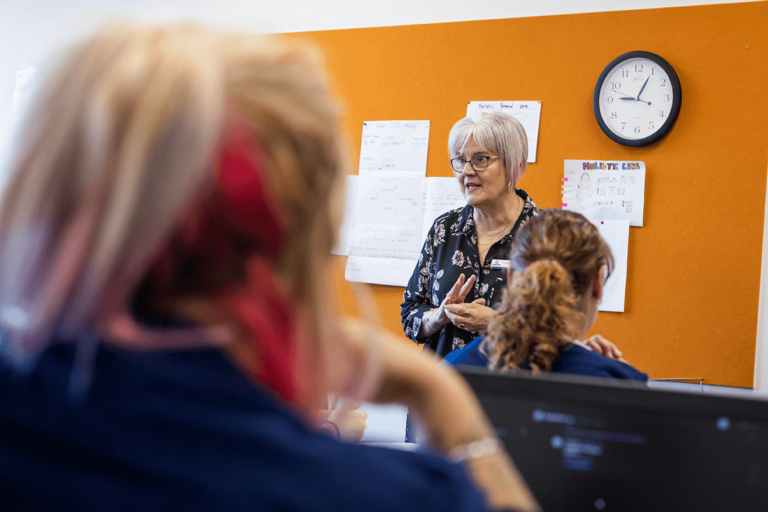Underserved Learners: Aotearoa’s $11 billion missed opportunity
Māori, Pacific peoples and people with disabilities are over-represented as underserved learners.
For the first time, the multi-billion-dollar economic cost of leaving Aotearoa’s underserved learners behind has been quantified. At the same time the enormous economic, health, cultural and societal opportunity of innovating our education system has been revealed.
UP Education outlined the findings in a thought leadership paper titled Shifting the Dial: The Economic and Societal Impact of Removing Barriers for Underserved Learners in Aotearoa. The paper aims to advance the conversation about how best to innovate and invest to address education inequities in 2022 and beyond.
Economic modelling by the New Zealand Institute of Economic Research outlined in the paper reveals lifting the educational outcomes of underserved learners to the national average would lead to $10.9 billion extra wages over a thirty-year period, adjusting for labour force participation.
A wide range of stakeholders including students, tutors, iwi, support groups, advocacy organisations, education experts and the Ministry of Education came together to contribute to the paper and share their insights on how to better meet the needs of those students currently underserved by the education system.
UP Education Group Chief Executive, Mark Rushworth, says we are leaving too many young people behind, who are either finishing secondary school without any qualifications or not progressing onto post-secondary education.
“While underserved learners come from a wide range of ethnicities and backgrounds, Māori, Pacific peoples and people with disabilities are over-represented in the underserved learners’ group. So, it’s clear that we can improve our education system because currently it’s not delivering for too many of Aotearoa’s learners,” says Rushworth.
“The benefits of education are obvious. On average, people with a level 4 to 6 qualification will earn $585,900 more during their working life, compared to someone with no qualification. That’s a huge opportunity for the sector to deliver on, but equally that demonstrates the cost on an individual level if we don’t innovate.
“Beyond wages, higher rates of educational achievement are associated with lower levels of obesity, smoking, crime and dependency on welfare benefits. Education also improves social cohesion and civic participation and has links to better self-esteem, health and longer life expectancy.”
When it comes to solutions, there is a staggering consensus across the 19 essays in the paper that in order to lift educational outcomes, New Zealand’s education system needs to move beyond a one-size-fits-all approach.
“Ultimately, it’s about breaking the mould of the existing education system and meeting students’ needs on their own learning terms. From students, through to teachers at the front line, as well as policy and cultural experts, they are all saying the same thing,” says Rushworth.
“We’ve got to invest in a system that embraces a diversity of learning environments and shifts the dial for our priority learners.”
Ministry of Education Tertiary Policy Group Manager, Katrina Sutich, says the Ministry, as the steward of the system over time, clearly has not had all the answers.
“Learning to listen to and incorporate a diversity of views from the learner population can be messy and difficult, especially in times of great uncertainty and stress, where quick decisions are needed. But we know that it gets better outcomes – for all of us.”
The paper outlines 13 recommendations for government, policy makers and education providers including:
- Adopting and investing in tried and tested learning programmes that have been codesigned with Māori, Pacific and disabled communities to create system-wide change.
- Implementing tailored learning plans that focus on each individual learners, identifying their barriers to education and developing a strategy to address these.
- Introducing improved wraparound services – social workers, counsellors, support workers and careers advisors – dedicated to working with hard-to-reach students.
- Introducing accessibility legislation with clear standards for post-secondary education providers with a focus on mainstreaming accessibility.
- Implementing national best practice for support services that work regularly with students at risk of being underserved.
- Encouraging innovation and flexibility in the post-secondary education sector with the implementation of incentives to improve educational outcomes for hard-to-reach ākonga.
- Increasing the visibility of Māori, Pacific and people with disabilities in the education sector through a focused recruitment strategy and workforce development strategy.
- Facilitating education providers to partner with iwi to deliver education programmes through marae, with a tikanga-based learning approach.
- Providing improved mechanisms for Māori, Pacific and disabled students to have a stronger voice on decisions and strategies that impact them.
- Ensuring the teaching of soft and life skills is built into all courses, so that all learners leave a course not only academically qualified but also work-ready.
- Expanding vocational trades training into more secondary schools through partnership with tertiary providers, with the aim of keeping more young people engaged with education.
- Undertaking a review of curriculums so that they are immersive and culturally inclusive. Ensure course materials reflect a modern New Zealand and that all students can see themselves in the material they are learning from.
- Creating a sense of belonging and positive learning environment through cultural motifs, artworks, posters and wayfinding that make all students feel welcome.
“Investing in underserved learning is a social investment in New Zealand’s future and is one of the most influential levers we have to improve the lives of thousands of New Zealanders and transform our country,” says Rushworth.
“We can do better. Together we can innovate our education system, so it meets the needs of every New Zealander.”
The full thought leadership paper Shifting the Dial: The Economic and Societal Impact of Removing Barriers for Underserved Learners in Aotearoa can be found here.
-


UP Education partners with One New Zealand Warriors
UP Education has joined the One New Zealand Warriors as the iconic Kiwi club’s official education partner. -


NZMA and Yoobee Group engage in transformative discussions at USA conference
Rachel Evans, Head of Learner Success at NZMA Group, and Kelly Stevens, Head of Learner Success at Yoobee Group, represented New Zealand in a delegation led by the Tertiary Education Commission. -


NZMA launches programme to address neurodivergent learning needs
NZMA has launched a Level 4 Certificate in Supporting Diverse Learners, to help educators and caregivers address the unique needs of one in five children in Aotearoa that are neurodiverse.

